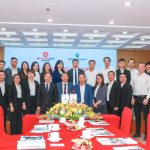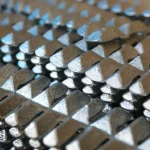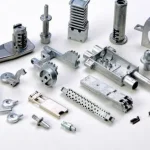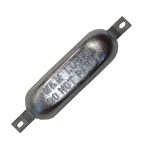Understanding Performance Requirements in Die Casting Zinc Alloy
Zinc alloys have become a strategic choice for manufacturers that require a balance of dimensional accuracy, mechanical strength, and efficient production throughput. In high-volume operations, even minor variations in flow behavior, solidification rate, or surface finish can influence downstream performance, making it essential to understand how each alloy family responds under pressure during die casting processes. At Stavian Industrial Metal, we emphasize detailed material characterization to ensure every project begins with an engineering-driven foundation.
In industrial environments, zinc alloys are selected not only for their inherent strength but also for their ability to reproduce complex geometries with fine detail. This capability allows product designers to reduce the number of assembly components while increasing functional integration in the final structure. When properly managed, die casting reduces machining requirements and accelerates production cycles. Our team assists clients in evaluating the optimal alloy based on anticipated load, tolerances, corrosion exposure, and aesthetic expectations, ensuring predictable and repeatable outcomes across large batches.
Because zinc alloys are versatile, they serve demanding sectors such as automotive, consumer electronics, hardware, smart devices, telecom components, and precision engineering. Their consistency allows them to uphold tight dimensional controls even when molds are subjected to rapid thermal cycling. By integrating material simulation and data-driven process optimization, we help clients unlock higher performance margins while reducing scrap rates.
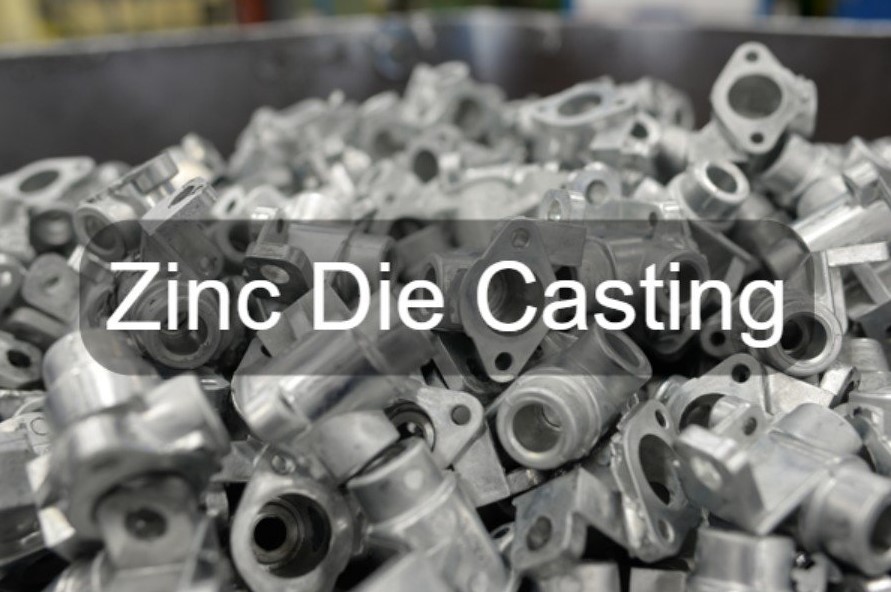
Material Properties That Influence Zinc Alloy Die Casting Quality
Selecting the correct zinc alloy is a decisive factor that shapes performance, manufacturability, and long-term durability. Although zinc alloys share a common base composition, small differences in aluminum, copper, magnesium, and trace elements can significantly affect casting behavior. Understanding these differences enhances fabrication predictability and helps manufacturers reach quality benchmarks consistently.
Zinc alloys exhibit exceptional fluidity, which permits thinner walls, sharper contours, and more complex designs compared with other non-ferrous metals. Their relatively low melting point minimizes thermal stress on mold steel, extending die life and lowering operating costs. At the same time, their robust mechanical characteristics offer reliable impact resistance and dimensional stability, making them ideal for components subjected to frequent assembly operations or repetitive mechanical loads.
Key performance influences include:
• Solidification rate, which affects surface density and microstructure integrity
• Shrinkage tendencies, which determine final dimensional accuracy
• Alloy hardness and tensile strength, which influence potential applications
• Corrosion resistance, particularly for components exposed to humidity, chemicals, or outdoor environments
Stavian Industrial Metal evaluates these properties during pre-production trials to refine casting parameters tailored to the client’s design and performance requirements.
Advantages of Using Zinc Alloys in High-Precision Die Casting
Zinc alloys bring structural, economic, and operational advantages to modern manufacturing environments. Their ability to achieve intricate designs without compromising durability makes them a preferred choice across advanced industries. At Stavian Industrial Metal, we highlight the main benefits that contribute to cost-effective and efficient product development cycles.
One of the strongest advantages is high dimensional accuracy. Zinc alloys fill molds quickly and uniformly, capturing micro-features such as threads, logos, thin ribs, and fastening geometries with minimal flash. This precision reduces or eliminates secondary machining steps, saving both time and financial resources. Combined with impressive repeatability, zinc die casting can maintain narrow tolerances even in mass production.
Another major benefit is structural reliability. Zinc alloys offer a favorable strength-to-weight ratio while retaining rigidity. Their microstructure provides natural vibration-dampening characteristics, making them suitable for mechanical housings, gears, and locking systems. Because of their low melting point, production consumes less energy, contributing to sustainability initiatives and reduced environmental impact.
Key Applications of Zinc Alloy Die Casting Across Industries
The versatility of zinc alloys makes them integral to diverse applications that require design flexibility, durability, and a clean surface finish. At Stavian Industrial Metal, we support clients across multiple sectors, integrating zinc alloy solutions into specialized manufacturing needs.
In the automotive sector, zinc die casting is used for door lock housings, steering components, brackets, connectors, and interior mechanisms. These parts require both mechanical strength and dimensional consistency to withstand repetitive movements, temperature fluctuations, and vibration loads. Zinc’s wear resistance and impact resilience make it an optimal choice for these demanding environments.
Consumer electronics also benefit from zinc alloys due to their sleek finishing ability and excellent shielding properties. Components such as casings, hinges, structural frames, and connector housings rely on precise geometries and lightweight materials. Zinc’s ability to integrate functional and aesthetic elements helps manufacturers improve product reliability while maintaining elegant design profiles.
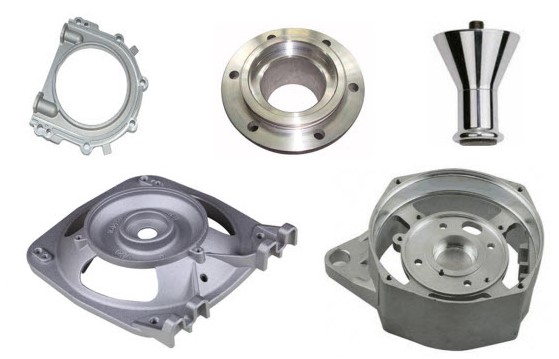
Critical Considerations When Designing Components for Zinc Die Casting
Design optimization greatly influences production quality, cost efficiency, and performance longevity. Even small design modifications can improve alloy flow, reduce internal porosity, and promote uniform cooling during solidification. Our engineers collaborate with customers early in the development phase to refine geometry and maximize manufacturability.
A primary design principle is to maintain consistent wall thickness. Uneven walls lead to localized cooling variations, increasing risk of warping, shrinkage, and structural imbalances. By ensuring smooth transitions between thick and thin sections, manufacturers achieve better stability and reduce stress concentrations that may cause early fatigue.
Draft angles are another crucial factor. Adequate draft simplifies part ejection, decreases friction between the part and die surfaces, and prevents dimensional distortion. At the same time, fillets and radii help streamline molten metal flow, eliminating abrupt directional changes that can trap air or create surface imperfections. Our team evaluates gate placement, overflow channels, and venting systems to ensure optimal material movement throughout the cavity.
Process Optimization Strategies in Die Casting Zinc Alloy
Achieving high-quality results requires fine-tuned control across all stages of the die casting workflow. From material preparation to mold maintenance, each step influences microstructure formation, surface finish, and final performance. Stavian Industrial Metal applies advanced monitoring systems and analytical tools to increase efficiency and minimize defects.
Temperature control stands at the core of process stability. Melt temperature, mold temperature, and injection temperature must remain within precise ranges to balance fluidity and solidification. Deviations can accelerate premature cooling, internal voids, or cold shuts. By integrating real-time sensors, we maintain optimal thermal balance to achieve consistent density and surface characteristics.
Injection speed and pressure determine how effectively molten zinc fills the cavity. Higher pressures ensure detailed replication but require careful coordination with venting systems to avoid trapped gases. Our engineering team conducts flow simulations to select the best injection profile, ensuring uniform fill and reducing turbulence that may lead to porosity. Continuous improvement practices, such as cycle-time analysis and die wear prediction, further enhance productivity.
Quality Control in Zinc Alloy Die Casting
Rigorous quality assurance measures are essential to maintain reliability and meet industry compliance standards. At Stavian Industrial Metal, our multilayer inspection framework ensures each product undergoes strict verification before shipment.
Non-destructive testing (NDT) techniques, such as X-ray inspection and ultrasonic evaluation, help identify internal defects including porosity clusters, incomplete fills, or structural anomalies. These insights allow corrective actions to be taken early in the production cycle, preventing downstream failures and minimizing scrap.
Dimensional accuracy is measured using coordinate-measuring machines (CMM) and optical scanners to compare cast components against technical drawings and 3D models. Surface integrity checks follow to evaluate texture, coating readiness, and cosmetic appearance. When combined with robust statistical process control, these measures uphold consistent quality across high-volume runs, aligning with global manufacturing standards and customer expectations.
Mold Engineering for Enhanced Die Casting Zinc Alloy Efficiency
Advanced mold engineering directly affects the speed, stability, and uniformity of zinc alloy die casting cycles. At Stavian Industrial Metal, our tooling specialists develop molds that optimize metal distribution, temperature retention, and mechanical durability to support long-term, high-volume production.
High-quality mold steel is essential because zinc alloys, despite their lower melting point, exert repeated thermal shock on cavity surfaces. Tool steels with strong heat resistance and low deformation response extend tool life while ensuring consistent dimensional accuracy. Hardened inserts, localized cooling channels, and wear-resistant coatings are applied to areas exposed to concentrated flow pressure or turbulent metal movement. Such engineering considerations help maintain sharp edges, tight contours, and smooth parting lines through thousands of cycles.
Thermal management is equally important. Properly designed cooling circuits regulate die temperature, preventing hotspots that cause premature solidification or rough surfaces. Uniform cooling supports predictable shrinkage patterns and helps maintain structural symmetry. Our engineering team uses simulation tools to model coolant flow, optimize channel geometry, and position temperature sensors to maintain ideal thermal balance during production.
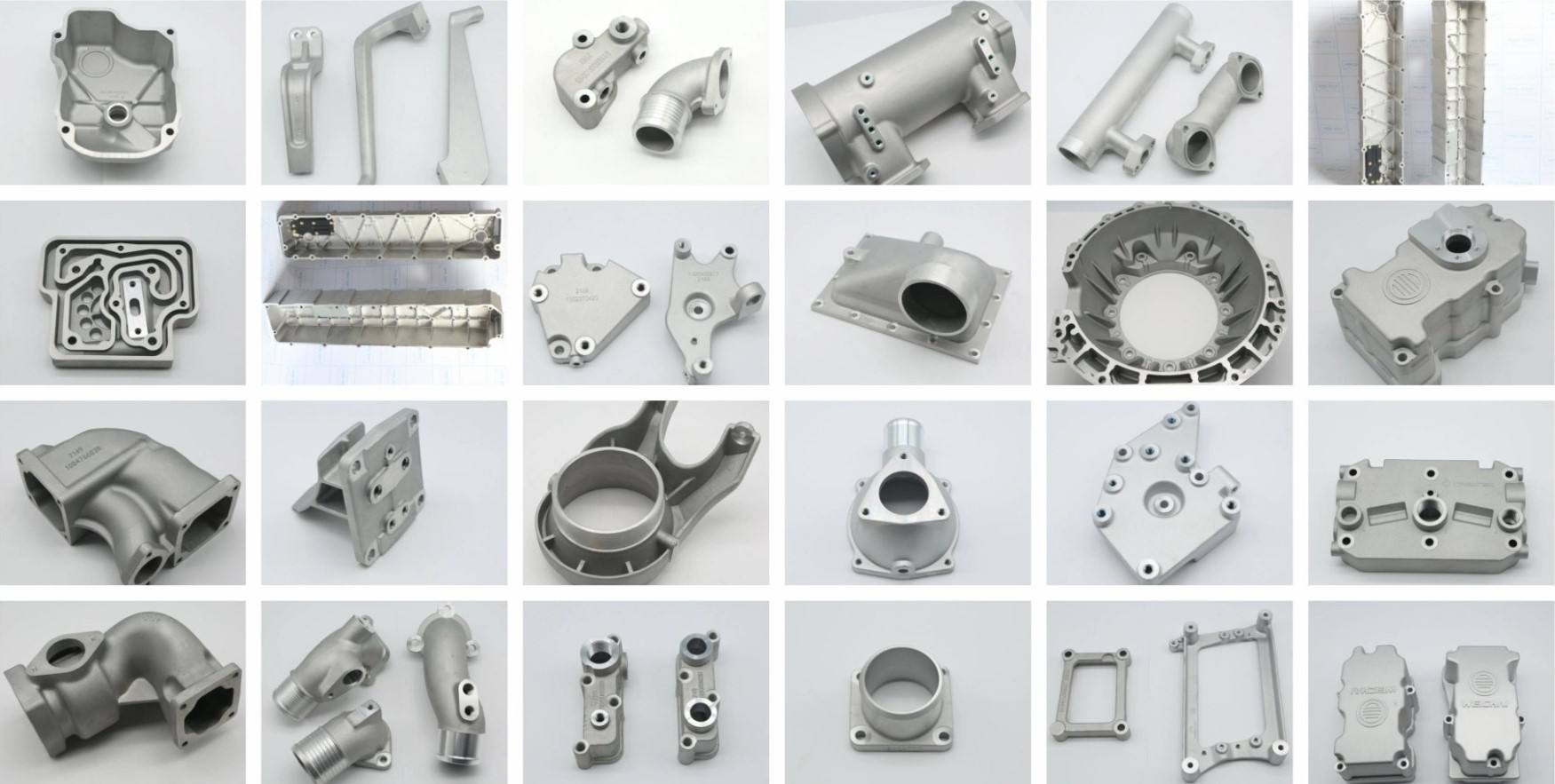
Surface Treatment Options for Zinc Alloy Die Cast Components
Once components are cast with precision, surface treatment becomes a key factor influencing aesthetics, corrosion protection, and functional performance. Zinc alloys respond well to a wide range of finishing techniques, enabling customization for diverse industrial environments. Stavian Industrial Metal provides comprehensive finishing solutions to support product refinement and long-term durability.
Electroplating is among the most popular options, offering excellent corrosion resistance and a high-quality visual appearance. Chrome, nickel, and zinc–nickel coatings enhance hardness, brightness, and abrasion resistance. This makes electroplating suitable for applications requiring both decorative and protective attributes, such as consumer devices, automotive interiors, and premium hardware.
Powder coating offers additional benefits, including uniform coverage and strong adhesion. It provides a resilient barrier against moisture, chemicals, and UV exposure. Manufacturers choose powder coatings when they require vibrant color options or enhanced environmental durability. For components needing post-machining or specific contact properties, we also offer passivation, anodic finishes, and specialized sealing treatments to improve fatigue resistance and extend service life.
Environmental and Sustainability Benefits of Zinc Die Casting
Sustainability has become a priority across global manufacturing, and zinc alloys offer significant advantages for environmentally conscious operations. At Stavian Industrial Metal, we help clients integrate energy-efficient materials and processes that support long-term sustainability goals.
Zinc alloys are fully recyclable without losing structural integrity or mechanical properties. This makes zinc one of the most circular materials used in high-volume casting. Scrap generated during trimming, machining, or rejected components can be re-melted and reused in subsequent production cycles with minimal waste. The low melting point of zinc also reduces energy consumption during melting and injection, lowering carbon emissions and operating costs.
In addition, extended mold life and minimized tooling maintenance contribute to long-term resource savings. Because zinc flows easily and solidifies quickly, molds undergo less wear compared with those used for aluminum or magnesium alloys. With fewer tooling replacements required, manufacturers decrease material consumption and reduce the environmental impact associated with die fabrication. These advantages support a more sustainable manufacturing ecosystem without compromising performance standards.
Comparing Zinc Alloy Die Casting with Other Metal Casting Methods
Understanding the comparative strengths of zinc alloys helps manufacturers select the best solution for their operational and product requirements. At Stavian Industrial Metal, we assist clients in evaluating zinc die casting against alternative materials and casting processes to determine ideal production strategies.
Compared with aluminum, zinc offers superior fluidity and allows for thinner walls, sharper details, and tighter tolerances. While aluminum provides thermal advantages for heat-sensitive applications, zinc is preferred for precision parts requiring intricate geometry and strong surface stability. Zinc molds also last longer due to reduced thermal fatigue, making them more cost-effective for high-volume production.
When compared with magnesium or plastic injection molding, zinc delivers significantly better structural strength and durability. Plastic can achieve lightweight results but falls short in mechanical load resistance, long-term rigidity, and wear performance. Magnesium, though lightweight, comes with higher material costs and more stringent safety requirements due to its reactivity. Zinc thus represents an ideal middle ground, offering robustness, fine detail, and operational efficiency.
Common Defects in Zinc Alloy Die Casting and How to Prevent Them
Even with well-controlled processes, die casting can encounter defects that impact structural quality and visual appearance. Stavian Industrial Metal focuses on preventive engineering and real-time monitoring to reduce defect occurrence and maintain flawless production streams.
Porosity is one of the most common issues, typically caused by trapped gases or premature solidification. To mitigate this, we optimize gate design, adjust injection profiles, and enhance venting systems to promote consistent metal flow. Real-time temperature tracking helps prevent cold shuts, which form when molten metal loses heat before completely filling the cavity.
Surface defects such as blisters, flow marks, and cold laps can arise from turbulent flow or inconsistent mold temperature. We implement controlled lubrication systems, cavity pressure monitoring, and mold thermal balancing to ensure smooth surfaces and stable finishes. Dimensional deviations are addressed through predictive maintenance of die components, ensuring parting lines, ejector pins, and cavity surfaces remain in optimal condition throughout production cycles.
Automation and Smart Manufacturing in Zinc Alloy Die Casting
Industrial automation is transforming modern die casting by increasing efficiency, accuracy, and production consistency. Stavian Industrial Metal integrates smart technologies to strengthen workflow precision and reduce human-dependent variability, especially in large-scale operations.
Automated injection systems regulate pressure, temperature, and cycle times with exceptional precision. This improves repeatability and ensures stable mechanical properties across batches. Robotic handling units support mold preparation, lubricant application, part extraction, and cooling, reducing cycle time and improving safety in high-temperature environments.
Digital monitoring platforms allow continuous supervision of equipment conditions, mold temperatures, pump performance, and casting parameters. Predictive analytics detect abnormalities early, enabling proactive maintenance and minimizing downtime. Real-time dashboards ensure each production run remains aligned with quality benchmarks and customer specifications, contributing to a more intelligent and efficient manufacturing ecosystem.
For more information
Professional Aluminum Billet Casting Service for Precision Manufacturing
Understanding Galvanizing Zinc: Process, Benefits, and Applications
Special High Grade Zinc: Properties, Uses and Market Outlook
